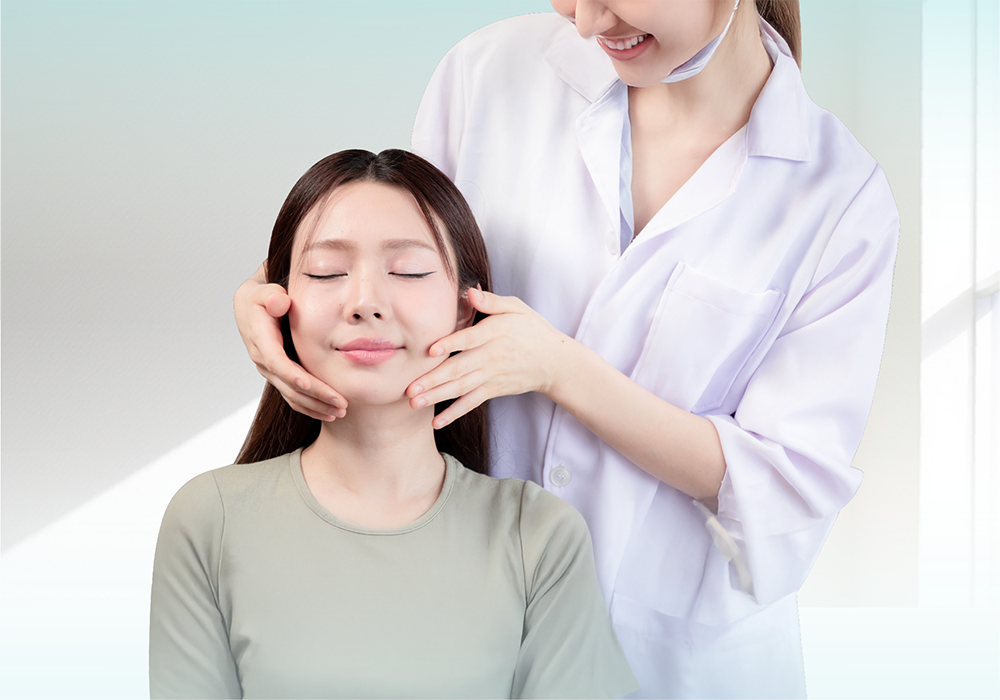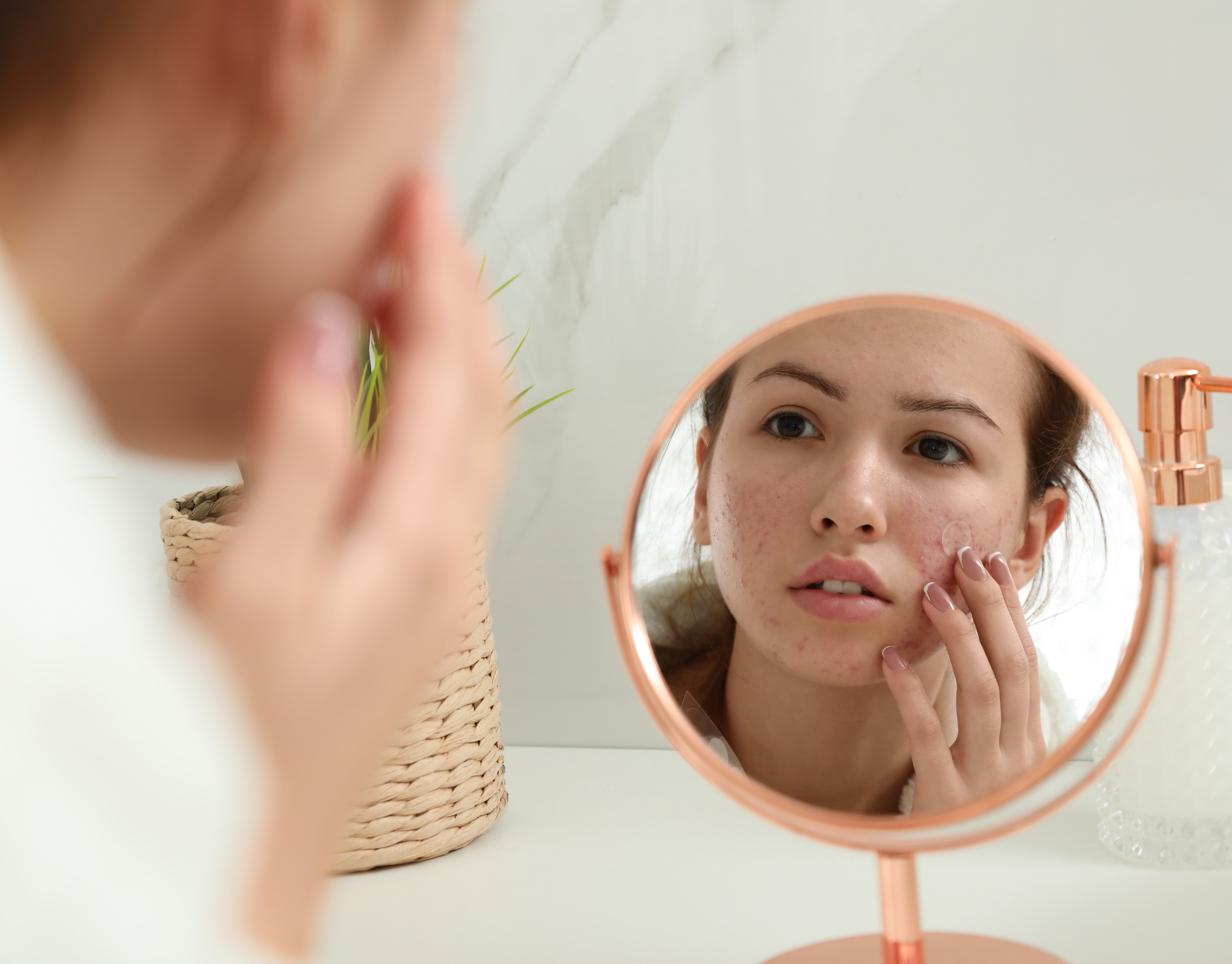Acne is a common skin condition that affects people of all ages and can be caused by a variety of factors. Many people believe that acne is more common in warm, humid environments, but can you develop acne in cold environments as well?
While it is true that warm, humid environments can exacerbate acne, cold environments can also contribute to the development of acne. When the skin is exposed to cold temperatures, the blood vessels constrict, reducing blood flow to the skin. This can cause the skin to become dry and irritated, which can lead to the development of acne.
Additionally, in cold environments, people tend to spend more time indoors with the heat on, which can cause the air to become dry. Dry air can also dry out the skin, leading to the development of acne. It is important to take steps to protect your skin in both warm and cold environments to prevent the development of acne.
Understanding Acne
Acne is a common skin condition that affects many people, especially during adolescence. It occurs when hair follicles become clogged with oil and dead skin cells, leading to the formation of pimples, blackheads, whiteheads, pustules, nodules, papules, or cysts. These blemishes can appear on the face, neck, chest, back, shoulders, and other areas of the body.
The main cause of acne is excess sebum production, which is a natural oil that lubricates and protects the skin. When sebum is overproduced, it can mix with dead skin cells and bacteria to create a plug in the hair follicle. This plug can then become inflamed and infected, leading to the formation of different types of acne lesions.
In addition to sebum, other factors can contribute to the development of acne, including hormonal changes, genetics, stress, diet, medications, and environmental factors. For example, certain medications like corticosteroids, androgens, or lithium can trigger acne, while environmental factors like pollution, humidity, or friction can worsen it.
Acne can be classified into two main types: non-inflammatory and inflammatory. Non-inflammatory acne includes blackheads and whiteheads, which are caused by the accumulation of sebum and dead skin cells in the hair follicle. Inflammatory acne includes papules, pustules, nodules, and cysts, which are caused by the inflammation and infection of the hair follicle.
Treatment for acne depends on the severity and type of acne, as well as the individual's skin type and medical history. Mild acne can often be treated with over-the-counter products like benzoyl peroxide, salicylic acid, or retinoids. Moderate to severe acne may require prescription medications like antibiotics, oral contraceptives, or isotretinoin. In some cases, procedures like chemical peels, microdermabrasion, or laser therapy may also be recommended.
Overall, understanding the causes and types of acne can help individuals take better care of their skin and seek appropriate treatment when necessary.
Causes of Acne
Acne is a common skin condition that affects many people worldwide. The exact cause of acne is not fully understood, but several factors are known to contribute to the development of acne. These factors include:
Excess Oil Production
Excess oil production is one of the primary causes of acne. The sebaceous glands in the skin produce an oily substance called sebum, which helps to keep the skin moisturized. However, when the sebaceous glands produce too much sebum, it can clog the pores, leading to the development of acne.
Bacteria
Bacteria also play a role in the development of acne. The skin is home to many different types of bacteria, including Propionibacterium acnes (P. acnes). When the pores become clogged with excess oil and dead skin cells, it creates an environment where P. acnes can thrive, leading to inflammation and the development of acne.
Dead Skin Cells
Dead skin cells can also contribute to the development of acne. When the skin sheds dead skin cells, they can mix with excess oil and clog the pores, leading to the formation of acne.
Hormonal Changes
Hormonal changes, such as those that occur during puberty, can also contribute to the development of acne. During puberty, the body produces more hormones, including testosterone, which can stimulate the sebaceous glands to produce more oil, leading to the development of acne.
Underlying Causes
In some cases, underlying medical conditions or medications can contribute to the development of acne. For example, lithium, a medication used to treat bipolar disorder, can cause acne as a side effect.
Overall, acne is a complex condition with multiple contributing factors. By understanding these causes, individuals can take steps to prevent and manage acne outbreaks.
Acne and Cold Environments
Acne is a common skin condition that affects millions of people worldwide. It is caused by a combination of factors, including excess oil production, clogged pores, and inflammation. While many people associate acne with warm and humid environments, it is also possible to develop acne in cold environments.
One of the main reasons why people develop acne in cold environments is due to dry skin. Cold weather and low humidity can cause the skin to become dry and flaky, which can lead to clogged pores and acne. Additionally, some people may experience winter itch, which is a condition that causes dry, itchy skin in cold weather.
Another factor that can contribute to acne in cold environments is the use of irritants. People may use harsh soaps and detergents to keep warm in cold weather, which can irritate the skin and lead to acne. Additionally, people may wear tight clothing that can rub against the skin and cause irritation.
It is important to note that cold urticaria, a condition that causes hives and itching in response to cold temperatures, is not directly related to acne. However, people with cold urticaria may be more prone to developing acne due to the inflammation and irritation caused by the condition.
To prevent acne in cold environments, it is important to keep the skin hydrated. Drinking plenty of water and using moisturizers can help prevent dry skin and clogged pores. Additionally, people should avoid using harsh soaps and detergents, and wear loose-fitting clothing to prevent irritation.
In conclusion, while acne is commonly associated with warm and humid environments, it is also possible to develop acne in cold environments. Dry skin, irritants, and other factors can contribute to the development of acne in cold weather. By keeping the skin hydrated and avoiding irritants, people can prevent acne and maintain healthy skin in any environment.
Impact of Acne
Acne can have a significant impact on an individual's physical and emotional well-being. It can lead to scarring and hyperpigmentation, which can be a source of embarrassment and self-consciousness. Acne is also associated with emotional distress, which can lead to anxiety and depression.
While acne is not typically a life-threatening condition, it can lead to complications in some cases. Severe acne can result in the formation of nodules and cysts, which can be painful and may require medical intervention. In addition, acne can increase the risk of infection, particularly if the affected area is scratched or picked at.
There are several risk factors associated with the development of acne, including family history and genetics. Individuals with a family history of acne are more likely to develop the condition themselves. Hormonal changes, such as those that occur during puberty, can also increase the risk of acne.
In conclusion, acne can have a significant impact on an individual's physical and emotional well-being. While it is not typically a life-threatening condition, it can lead to complications in some cases. It is important to seek medical attention if acne is severe or persistent, as treatment can help to reduce the risk of scarring and other complications.
Acne Across Different Ages and Genders
Acne is a common skin condition that affects people of all ages and genders. However, certain factors may increase the likelihood of developing acne, such as hormonal changes and imbalances.
Teenagers are more prone to developing acne than adults due to the hormonal changes that occur during puberty. Boys tend to develop more severe acne than girls, while girls are more likely to experience acne during their menstrual cycle.
In adults, hormonal imbalances such as polycystic ovarian syndrome (PCOS) can contribute to the development of acne. Women are more likely to experience acne during pregnancy and menopause due to changes in hormone levels.
Acne can also vary in severity across different ages and genders. While some people may only experience mild acne, others may develop more severe forms of acne such as cystic acne.
It's important to note that acne is not caused by poor hygiene or diet, despite common misconceptions. However, maintaining good hygiene and a healthy diet can help improve overall skin health and potentially reduce the severity of acne.
Overall, acne can affect people of all ages and genders, and its severity can vary depending on various factors such as hormonal changes and imbalances.
Other Skin Conditions
While acne is a common skin condition, there are several other skin conditions that can occur in cold environments. These conditions include eczema, psoriasis, rosacea, atopic dermatitis, and skin cancer.
Eczema is a condition that causes the skin to become red, itchy, and inflamed. It is often triggered by cold weather and can be worsened by dry air. Psoriasis is a chronic skin condition that causes cells to build up rapidly on the surface of the skin, leading to thick, scaly patches. It can also be triggered by cold weather.
Rosacea is a condition that causes redness and visible blood vessels on the face. It can also cause small, red, pus-filled bumps. Cold weather can exacerbate rosacea symptoms, as can exposure to wind and sunlight.
Atopic dermatitis, also known as eczema, is a chronic condition that causes the skin to become dry, itchy, and inflamed. It is often triggered by cold weather and can be worsened by dry air.
Skin cancer is a serious condition that can occur in any climate. However, people who spend a lot of time in cold environments may be at higher risk of developing skin cancer due to increased exposure to UV radiation from the sun reflecting off snow and ice.
Overall, it is important to take care of your skin in cold environments to prevent these and other skin conditions from developing. This includes using moisturisers, avoiding harsh soaps and detergents, wearing protective clothing, and using sunscreen.
Preventing and Treating Acne
Acne is a common skin condition that affects many people, regardless of their age, gender, or where they live. While some people may experience acne breakouts in warm and humid environments, others may develop acne in cold environments. Fortunately, there are several ways to prevent and treat acne, including:
Maintaining Good Hygiene
A good hygiene routine can help prevent acne breakouts. It is important to wash your face twice a day with a mild soap or cleanser to remove dirt, oil, and dead skin cells. You should also avoid touching your face with your hands, as this can spread bacteria and cause inflammation.
Using Over-the-Counter Medications
Over-the-counter medications, such as benzoyl peroxide and tea tree oil, can help treat mild to moderate acne. These medications work by killing the bacteria that cause acne and reducing inflammation.
Seeking Professional Treatment
If your acne is severe or does not respond to over-the-counter medications, you may need to see a dermatologist. A dermatologist can prescribe medications, such as antibiotics and medicated creams, to help clear up your acne. You may also visit a skincare clinic to treat your acne using a variety of methods.
Making Lifestyle Changes
Your diet, stress levels, and exercise habits can also affect your skin. Eating a balanced diet, reducing stress, and getting regular exercise can help prevent acne breakouts.
Protecting Your Skin from the Sun
Exposure to the sun can worsen acne and cause hyperpigmentation. It is important to wear sunscreen with at least SPF 30 every day, even in the winter months.
Treating Acne on Other Parts of Your Body
Acne can also develop on your back, chest, shoulders, and other parts of your body. To prevent and treat acne in these areas, you should wear loose-fitting clothing made from breathable fabrics and avoid sweating excessively. You can also use over-the-counter cleansers and medications designed for body acne.
Overall, preventing and treating acne requires a combination of good hygiene, lifestyle changes, and professional treatment when necessary. By following these tips, you can help keep your skin clear and healthy.
Conclusion
In conclusion, while the relationship between cold environments and acne is not fully understood, there is evidence to suggest that cold weather can exacerbate existing acne or trigger new breakouts.
Research has shown that cold temperatures can lead to dehydration and dryness of the skin, which can cause the sebaceous glands to produce more oil, leading to clogged pores and acne. Additionally, cold weather can cause inflammation and irritation of the skin, which can also contribute to the development of acne.
It is important to note that while cold weather may play a role in the development of acne, it is not the sole cause. Other factors such as genetics, hormones, and lifestyle habits also play a significant role in the development of acne.
Therefore, individuals who are prone to acne should take steps to manage their condition regardless of the weather. This may include using gentle skin care products, avoiding harsh chemicals, and maintaining a healthy diet and lifestyle.
Overall, while the relationship between cold weather and acne is complex, it is clear that individuals with acne-prone skin should take steps to manage their condition year-round, regardless of the weather.








